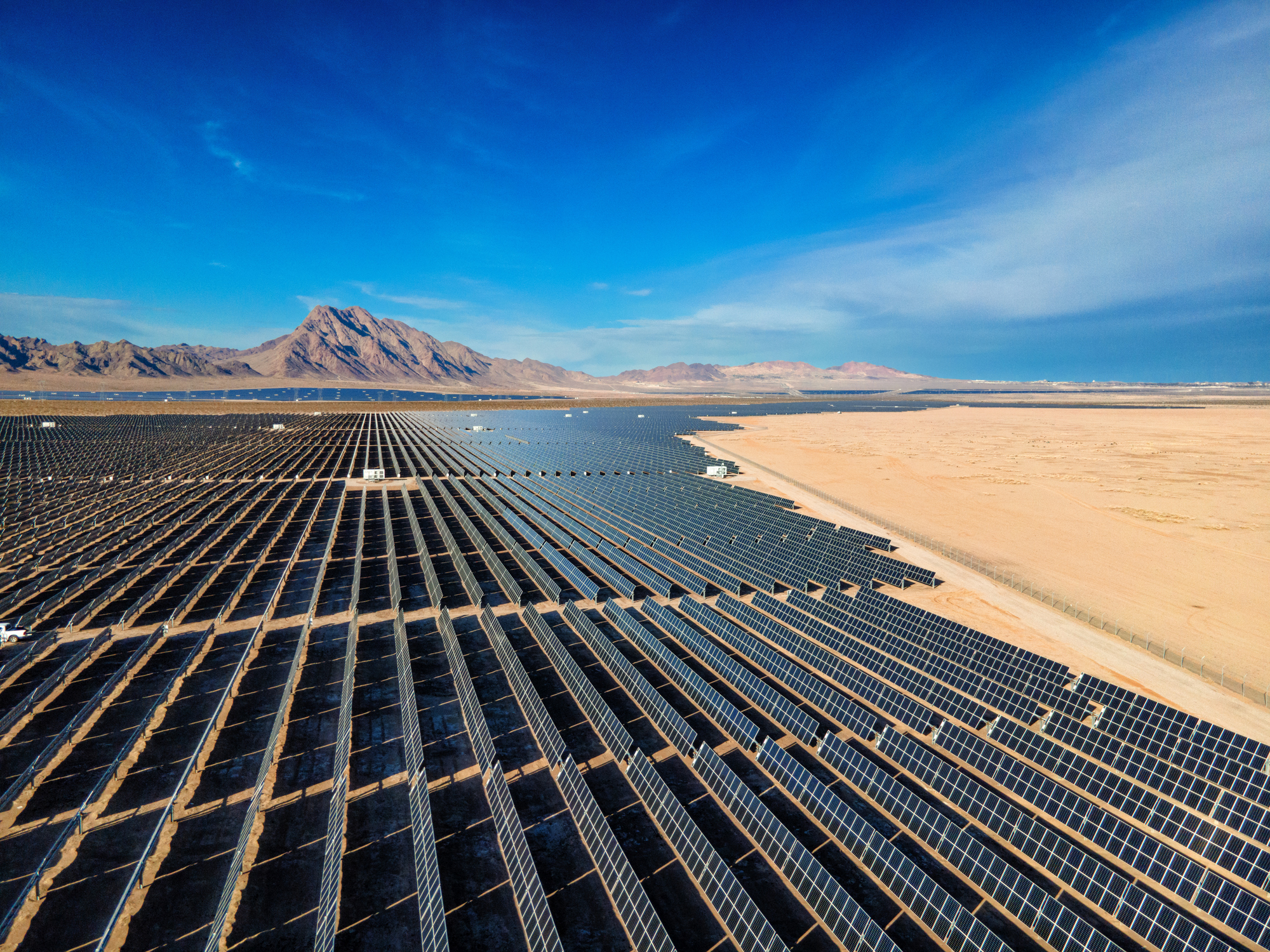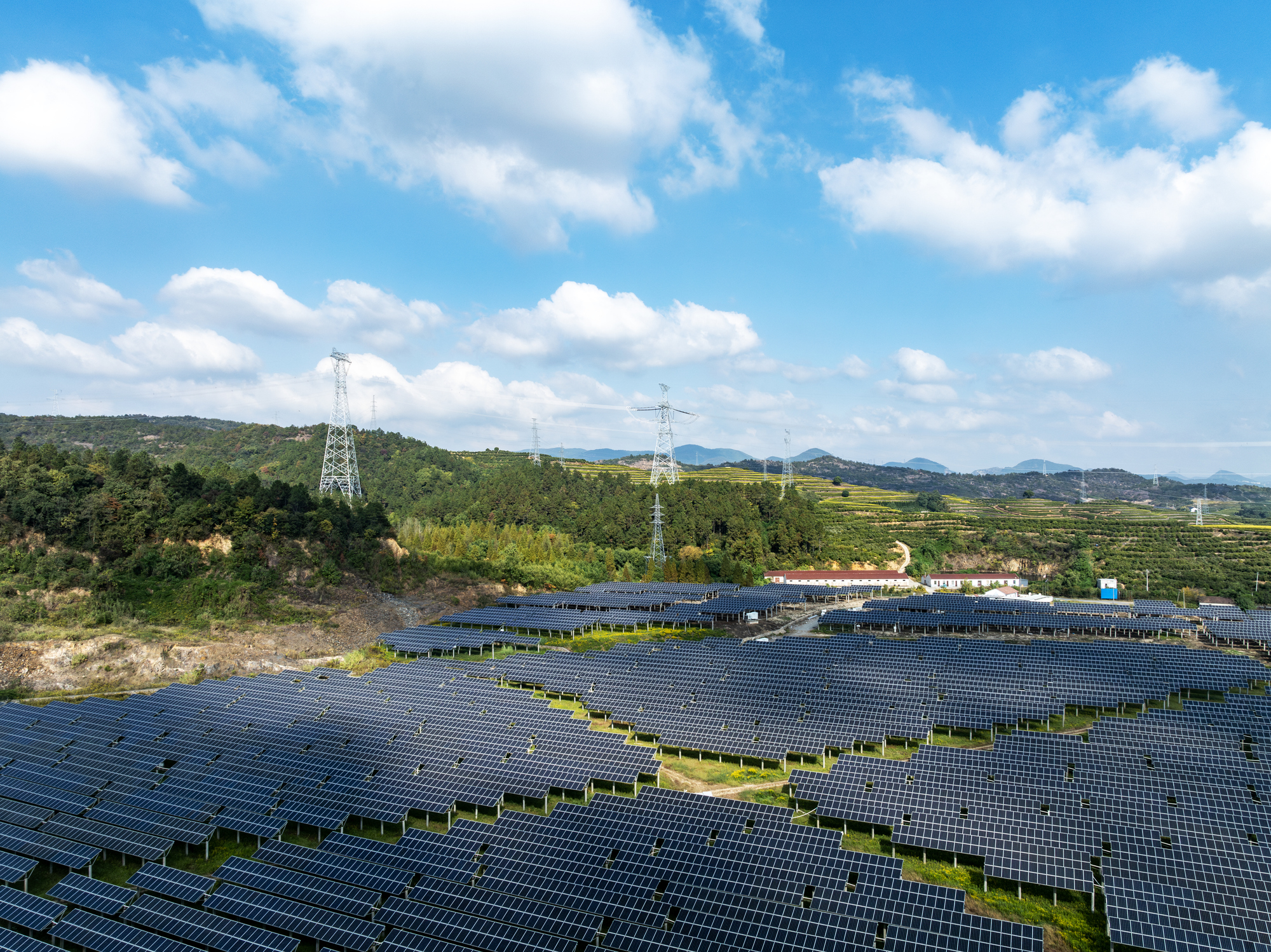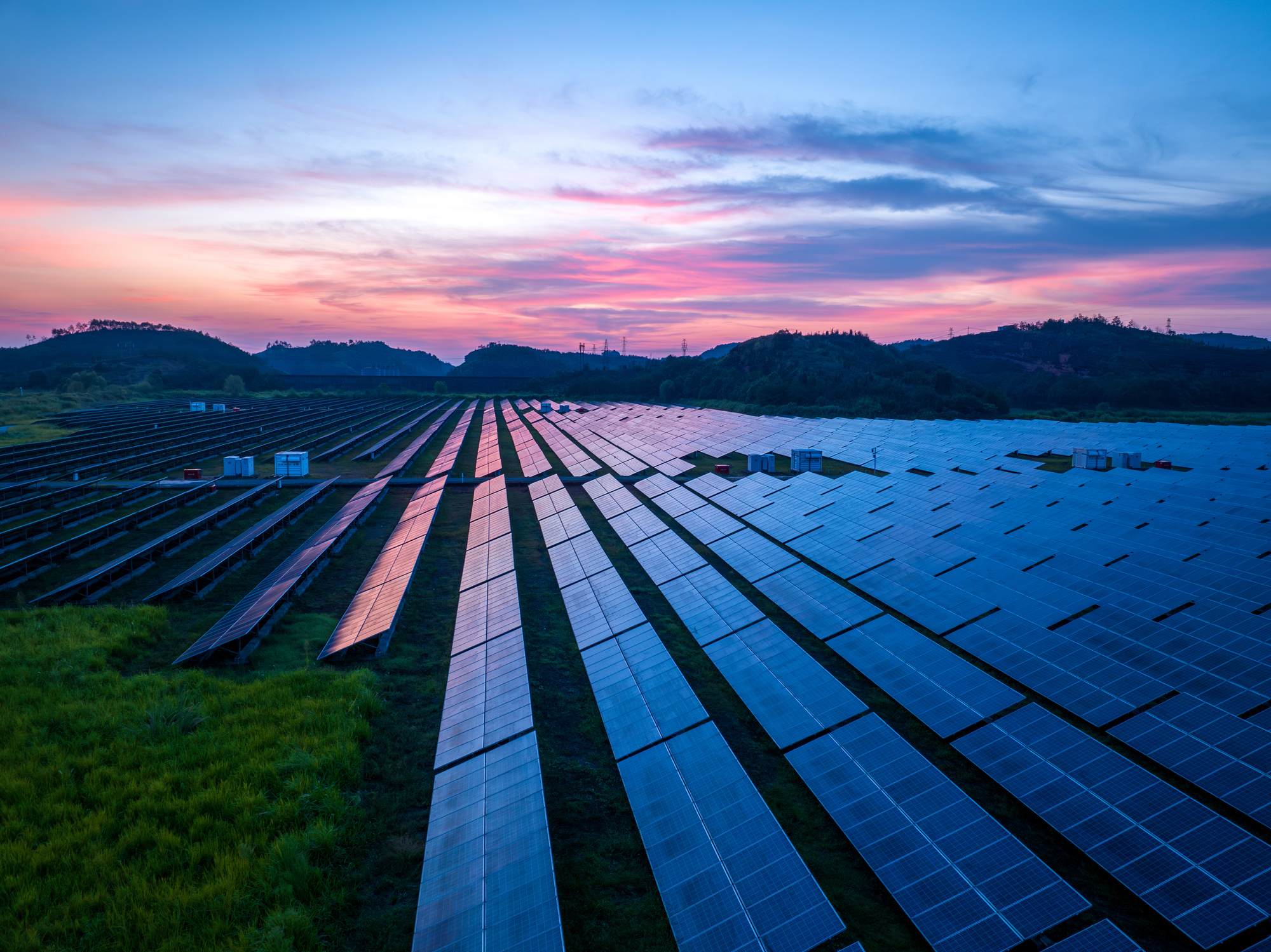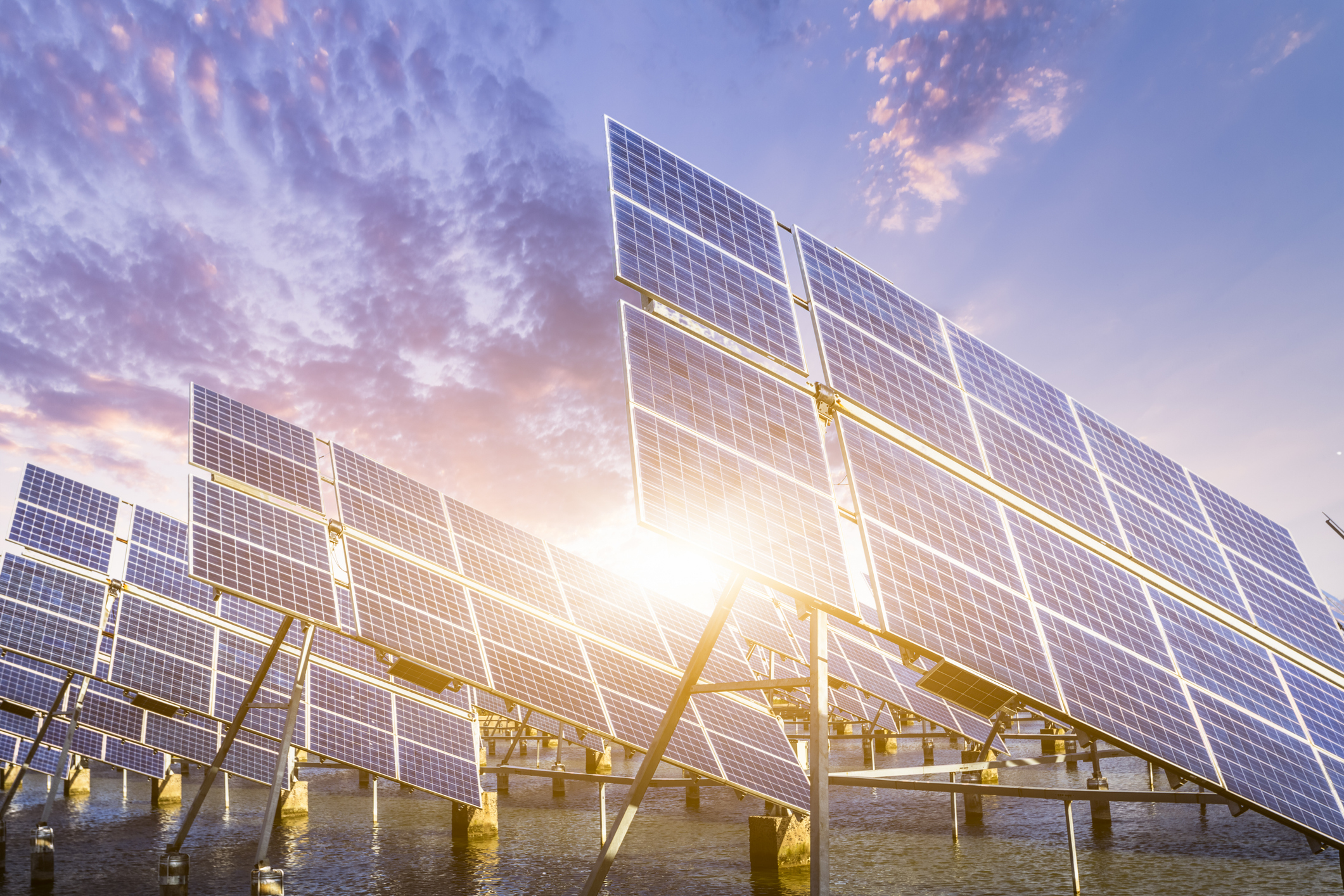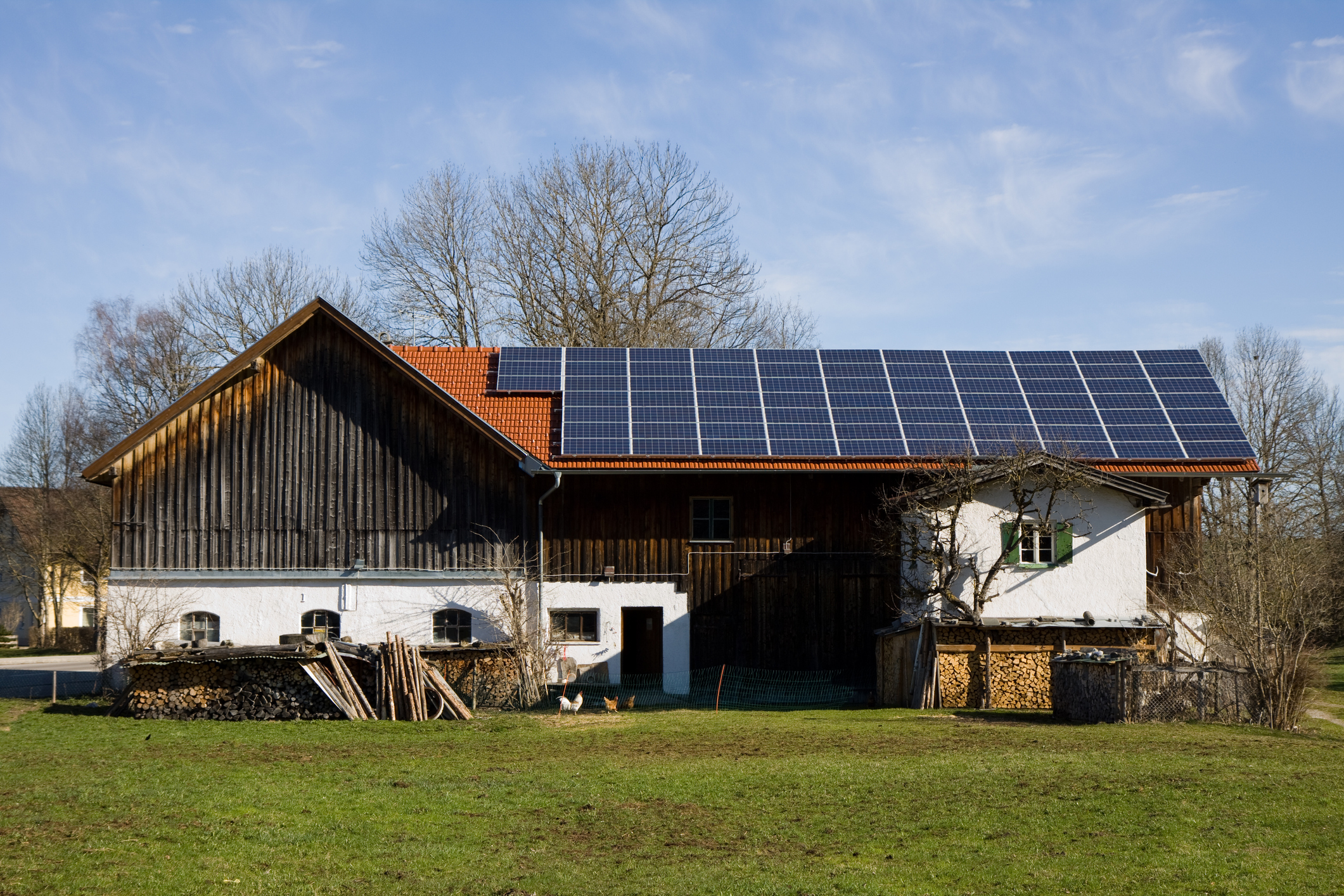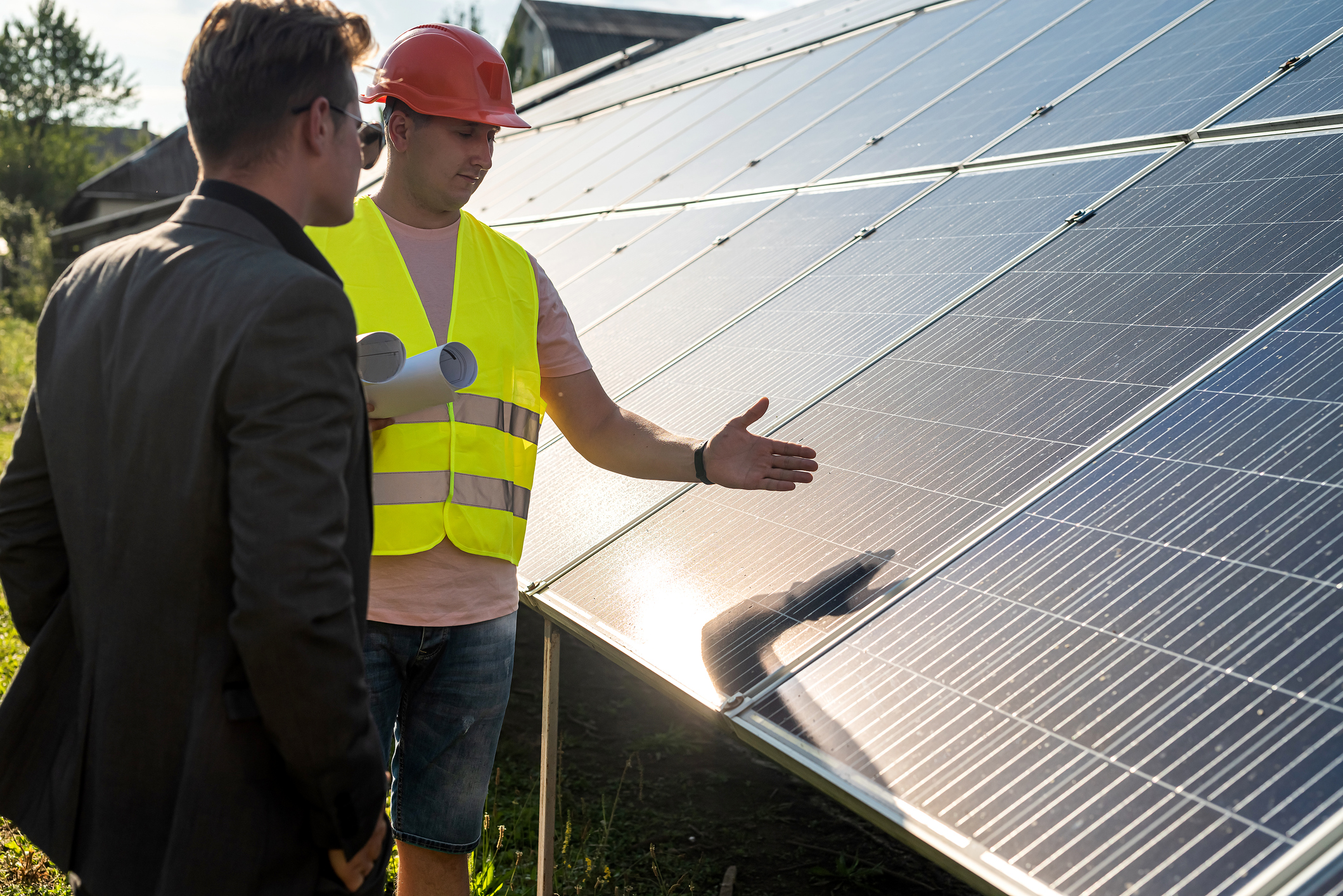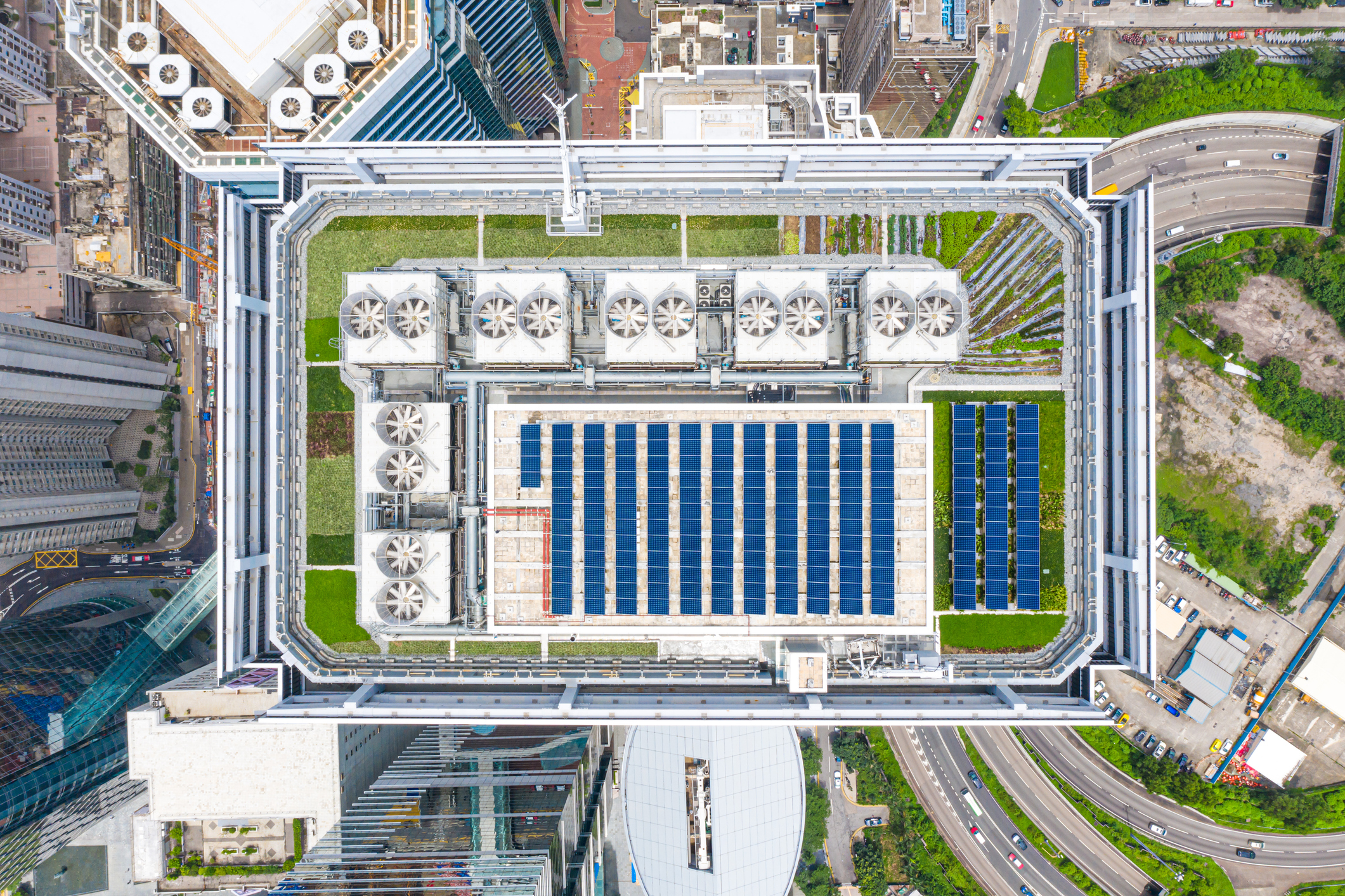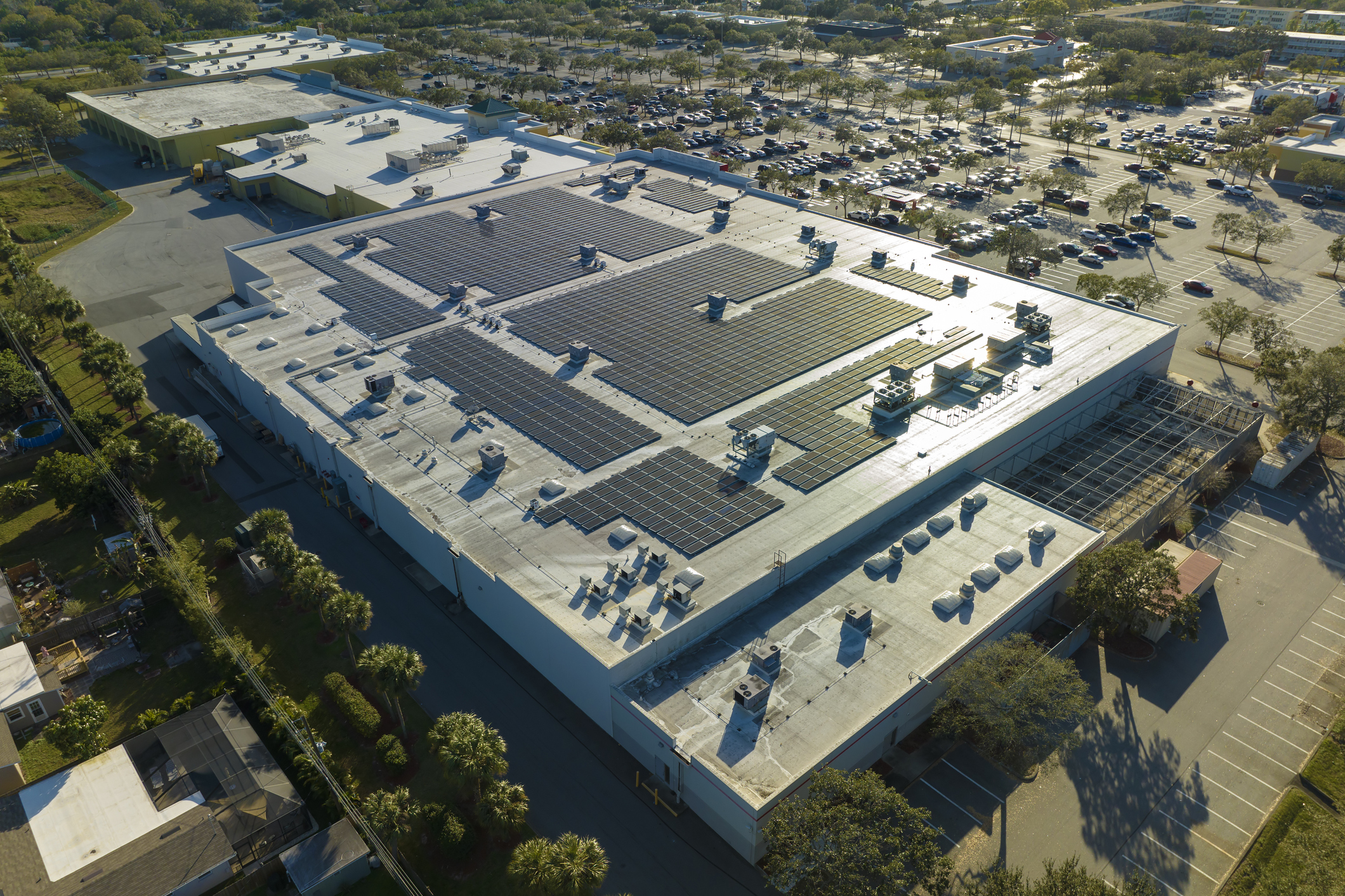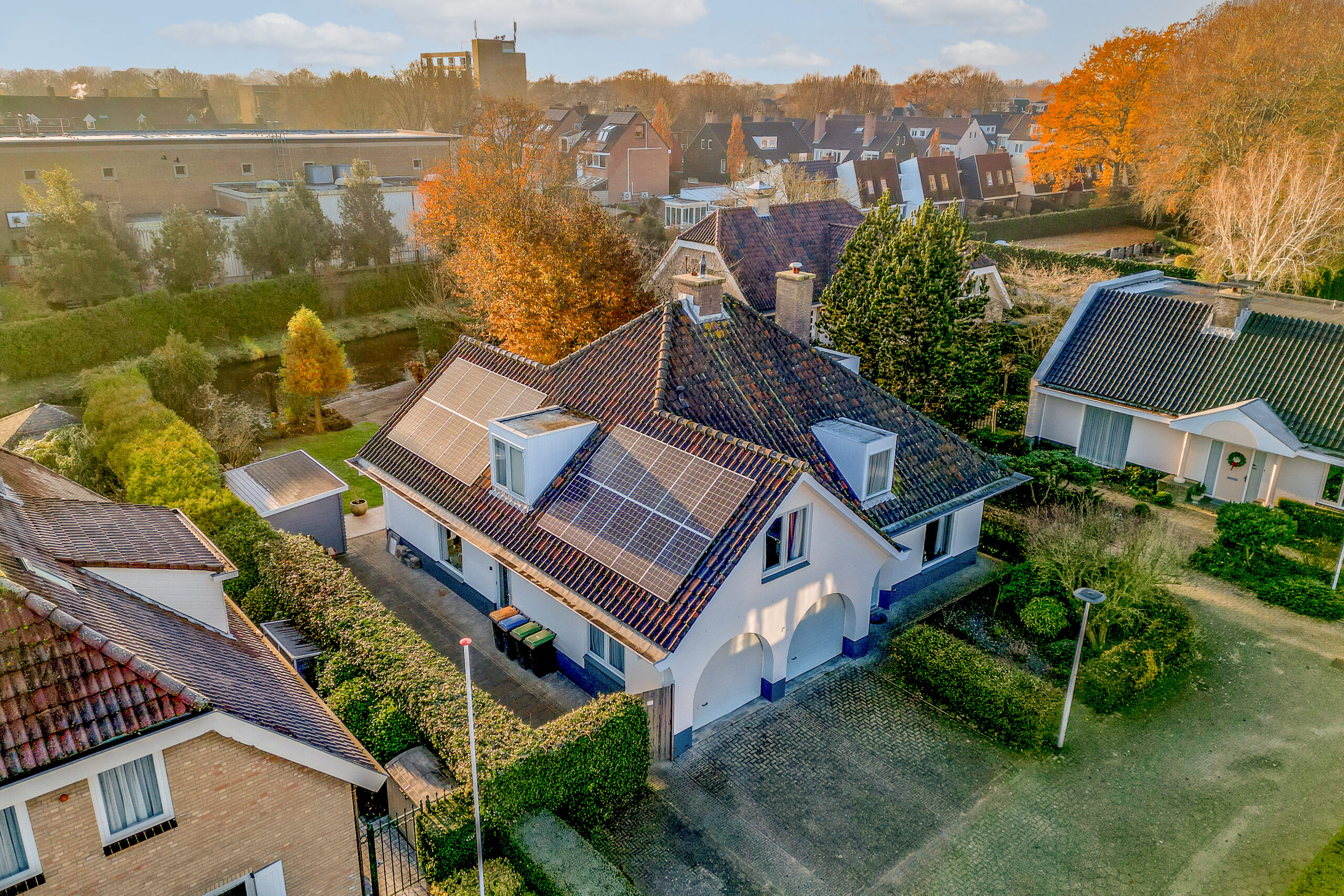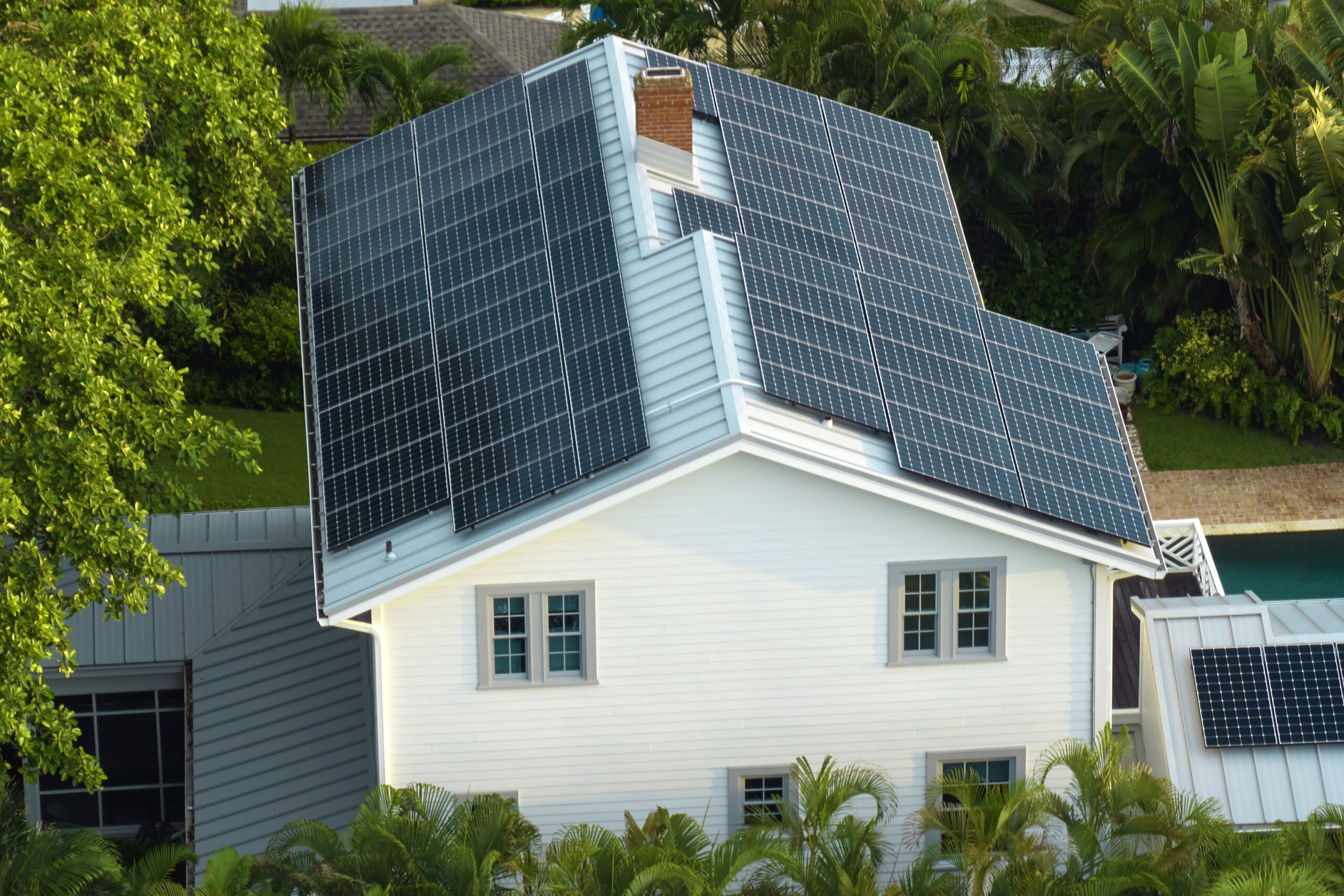Solar energy in Texas is no longer a luxury—it’s becoming a mainstream choice for homeowners and businesses alike. As the cost of installation decreases and energy prices rise, more Texans are considering solar power. In this blog, we’ll break down the initial costs, incentives, and long-term financial benefits of going solar in the Lone Star State. By the end, you’ll understand why solar energy isn’t just good for the environment but for your wallet, too.
The Cost of Installation
Let’s start with the up-front costs. The average cost of installing a residential solar system in Texas is between $12,000 to $30,000, depending on the size of the system, your energy needs, and the type of panels you choose. While this may seem high, many companies offer financing plans that spread the cost over several years, making it much more manageable. Furthermore, as solar technology advances, panel prices continue to drop, reducing overall installation costs.
Tax Credits and Incentives
The federal solar investment tax credit (ITC) currently allows homeowners to deduct 30% of the installation cost from their federal taxes. If your system costs $20,000, you can reduce your tax bill by $6,000. Additionally, Texas offers a property tax exemption for the added home value that solar panels bring. This means you can increase your home’s value without facing a higher property tax bill. Local utilities also offer rebates, which can reduce the cost of installation by thousands.
Financing Options
For many, the biggest barrier to going solar is the upfront investment. Thankfully, Texas offers several financing options, including solar loans, leases, and power purchase agreements (PPAs). A solar loan allows you to own the system outright, while a lease lets you rent the panels, often at a lower monthly cost than your current electricity bill. PPAs work similarly, where you agree to purchase electricity from the solar provider at a set rate. Each option has pros and cons, so it’s crucial to pick the one that best fits your financial situation.
Return on Investment (ROI)
In Texas, homeowners who install solar panels can typically expect a return on investment (ROI) within 7 to 12 years. The key factors that influence this are your electricity usage, the cost of your current energy, and the size of your system. After the payback period, the electricity generated by your panels is essentially free. Given that most solar systems last for 25 to 30 years, the long-term savings can be significant.
Long-Term Savings and Benefits
On average, homeowners in Texas can save between $10,000 and $30,000 over the lifespan of their solar panels. Solar also shields you from rising electricity rates. The Energy Information Administration (EIA) reports that electricity rates have increased by 2-4% annually, which means locking in solar rates today will save you even more in the future.
While the initial cost of solar might seem daunting, the long-term benefits far outweigh the investment. Thanks to federal and local incentives, financing options, and the potential for significant long-term savings, solar energy is becoming an increasingly affordable option for Texans. The best part? You’ll be doing your part for the environment while saving money on your energy bills.
